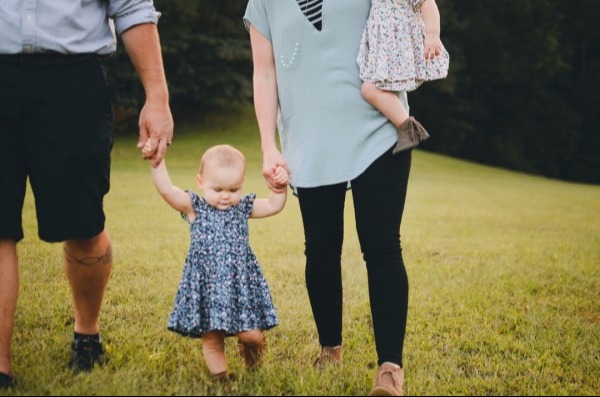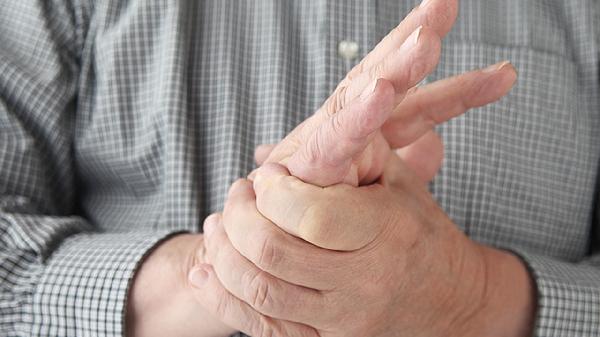Why Happiness in Poorer Countries Peaks in Middle Age (And Breaks the U-Shaped Mold)
Alright, let’s talk happiness. You’ve probably heard about the “U-shaped curve” theory, right? It’s the idea that happiness dips in midlife (cue the classic midlife crisis) and then climbs back up as we age. Basically, you’re stoked in your 20s, hit a rough patch in your 40s, and then cruise into your golden years with a big smile. But here’s the deal: this pattern doesn’t hold up everywhere, especially in poorer countries.

In these regions, happiness often peaks in middle age. Yep, midlife is the MVP here. So, what’s going on? Let’s break it down.
1. Survival First, Happiness Later
In many lower-income countries, younger adults are often laser-focused on survival—finding steady work, putting food on the table, and navigating life’s curveballs. There’s not a ton of room to sit back and think, “Am I truly happy?” But by middle age, many people have hit a groove. They’ve built a bit of stability, raised kids, or found a sense of purpose. That stability can feel like a win, even if life isn’t perfect.
2. Community > Material Stuff
Here’s a plot twist: happiness isn’t always about money. In poorer countries, people often lean more on family, friends, and their communities for support—and that connection can be a game-changer. By the time folks hit middle age, they’ve had years to strengthen those bonds, and that social safety net can bring a whole lot of joy.
3. Lower Expectations, More Gratitude
Let’s be real—when you’re not chasing the latest iPhone or a six-figure salary, your definition of happiness shifts. Middle-aged adults in poorer countries might find contentment in smaller, everyday wins. Things like good health, a safe home, or a child graduating school can feel like hitting the jackpot. And honestly? That gratitude mindset is something we could all learn from.
4. Elderly Challenges
Unlike in wealthier countries, where older adults often enjoy pensions and healthcare, aging in poorer countries can bring new struggles. Health issues, financial insecurity, or a lack of social services can make it harder to maintain that happiness boost seen in wealthier nations. So, instead of a second peak later in life, happiness might taper off.
The Takeaway
While the U-shaped happiness curve might dominate the conversation in wealthier countries, it’s not a one-size-fits-all model. In poorer countries, middle age often shines as the happiest time of life. Why? Because it’s a sweet spot—when stability, community, and gratitude come together to create a sense of fulfillment.























